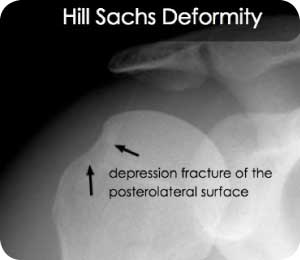#1
THE ANSWER IS A.
Septic arthritis is defined as an infection of a joint by bacterial or fungal organisms. Classically, septic arthritis presents with fever, joint pain, and effusion, typically in the large joints. Fever is usually present, but may be absent in immunocompromised individuals. Gonococcal arthritis remains the most common form of joint infection in individuals under 30 years of age. Acute nongonococcal septic arthritis in adults is most often caused by gram-positive organisms (Staphylococcus aureus). Overall, Staphylococcus aureus is the most common cause of septic arthritis with an increasing frequency of methicillin-resistance.
Although direct inoculation (B) and contiguous spread from bony and soft tissue occur, bacterial pathogens most commonly infect the joint space by hematogenous spread. Septic arthritis is bimodal (C) with peaks for young children and adults over age 55. Plain films are usually normal in septic arthritis. Widening of the joint space (D) may occur due to a joint effusion, but this is a late sign.
Reference
Adams BD, Lowery DW III: Arthitis, in Marx JA, Hockberger RS, Walls RM, et al (eds): Rosen’s Emergency Medicine: Concepts and Clinical Practice, ed 7. St. Louis, Mosby, Inc., 2010, (Ch) 114:p 1477-1481



